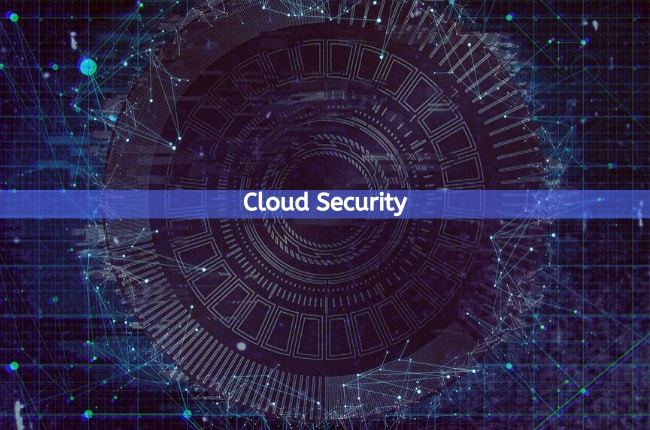In an era dominated by technology and interconnected systems, the threat landscape for cybersecurity is constantly evolving. As technology advances, so do the capabilities of cybercriminals seeking to exploit vulnerabilities in our digital infrastructure. Understanding the latest cyber threats is paramount for individuals, organizations, and governments. This comprehensive guide aims to shed light on the ever-evolving landscape of cyber threats, helping you stay one step ahead in the ongoing battle for digital security.
Cyber Threat Landscape Overview
To comprehend the latest cyber threats, it’s essential first to understand the broader landscape. Threat actors can range from script kiddies and hacktivists to sophisticated state-sponsored groups. They target various objectives, including financial gain, data theft, and disruption of critical infrastructure. The attack vectors also vary, encompassing malware, phishing, ransomware, and supply chain attacks.
Ransomware Epidemic
Ransomware attacks have become a significant concern, with cybercriminals encrypting victims’ data and demanding a ransom for decryption. Notable incidents like the Colonial Pipeline and Kaseya attacks highlight the havoc ransomware can wreak. Understanding the latest ransomware variants and prevention strategies is crucial.
Supply Chain Attacks
Cybercriminals have increasingly targeted the supply chain, infiltrating software providers to compromise downstream users. The SolarWinds breach exemplifies this strategy. Supply chain attacks can have far-reaching consequences, emphasizing the need for enhanced supply chain security.
Nation-State Threats
State-sponsored cyberattacks pose a severe threat. Nation-states use cyber capabilities for espionage, influence operations, and even sabotage. The advanced persistent threat (APT) groups, such as APT29 (Cozy Bear) and APT28 (Fancy Bear), remain active and pose a significant risk to national security.
Phishing and Social Engineering
Phishing remains a prevalent and effective method for cybercriminals. Attackers create convincing emails, websites, or messages to trick individuals into revealing sensitive information. Understanding the psychology behind social engineering is essential in combating these threats.
Zero-Day Vulnerabilities
Zero-day vulnerabilities are unpatched flaws in software that attackers exploit before developers can release a fix. Staying informed about these vulnerabilities and employing vulnerability management practices is crucial for protection.
IoT and Smart Device Insecurity
As the Internet of Things (IoT) ecosystem expands, so do potential vulnerabilities. Unsecure smart devices can be used as entry points for cyberattacks. Understanding IoT security and implementing best practices is essential for safeguarding connected devices.
Cloud Security Challenges
The migration to cloud services has opened new avenues for cyber threats. Misconfigured cloud settings and inadequate security practices can lead to data exposure. Organizations need to adopt robust cloud security measures.
Emerging Technologies
Innovations like artificial intelligence (AI) and quantum computing also introduce novel security challenges. While AI can be used for defense and offense, quantum computing threatens current encryption standards, necessitating research into post-quantum cryptography.
Cybersecurity Best Practices
Implementing a multi-layered security strategy is essential to mitigate the latest cyber threats. This includes regular software patching, employee training, network monitoring, and threat intelligence sharing.
Collaboration and Information Sharing
Information sharing among organizations and governments is vital in identifying and mitigating threats promptly. Initiatives like Information Sharing and Analysis Centers (ISACs) facilitate this cooperation.
Legal and Regulatory Frameworks
Governments worldwide are enacting legislation to strengthen cybersecurity. Understanding the legal landscape, including data protection laws and cyber security regulations, is crucial for compliance.
Incident Response and Cyber Insurance
Developing an incident response plan and considering cyber insurance can help organizations recover from cyberattacks. Understanding the role of these components in cybersecurity is essential.
The Future of Cybersecurity
Understanding the latest cyber threats is a continuous and ever-evolving process. It’s crucial to stay informed about the evolving threat landscape, adopt best practices, and foster collaboration to defend against cyberattacks. By remaining vigilant and proactive, individuals, organizations, and governments can protect their digital assets and ensure a more secure digital future.













